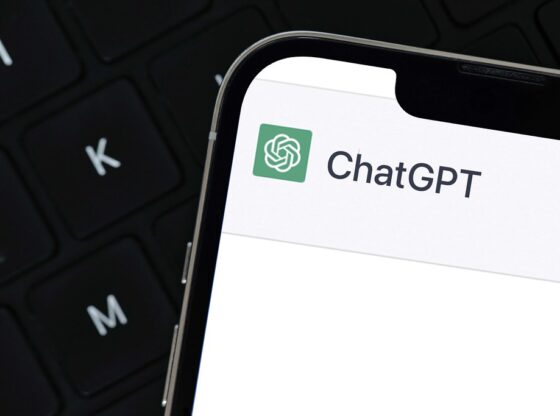The influx of technology use during early childhood has been deteriorating the health and minds of our youth. About “70% of children 7 to 18 years old have accidentally encountered online pornography, often through a web search while doing homework.”
This statistic was shared by CityNews after a research study was done on children in the area. After hearing this, I began to realize the negative impacts that technology has on kids and just how detrimental it can be to their innocence.
I have worked in childcare for over six years now.
I started when I was about 12 years old, and since then, I have witnessed the development of kids, and in particular, the way technology has shaped their experiences and development. While there might not be a huge gap between Gen Z and Gen Alpha, this new generation is the first to grow up surrounded by advanced technology.
One experience in particular stood out to me while working at an elementary school.
A teacher came to our after-school program to inform us that she needed to send a note home with a kid, as well as talk to that particular child. They had been using computers in school, and at the ripe age of 6, he had been looking up inappropriate articles in class.
Due to what he had seen in the article, he had begun to use inappropriate language. Even if this was unintentional by him, I remember how much it impacted me to know that he had access to so many things even within a school setting.
While educators should be able to use technology to benefit the education of kids, lockdown browsers or other forms of regulation like Dyno are good tools to implement in these settings.
Technology has changed a lot in terms of how we use it and the frequency at which it is used. Children increasingly have more access to screen time which is posing many negative effects. Some include aggressive behaviors, a lack of attention, sleep disturbances, cyber-bullying and increased anxiety.
While we may think they are just acting out, these behaviors are often related to the amount of technology they have access to.
Following the increase in technology use post-COVID, it has been found that “twenty-two percent of 4- to 7-year-olds had high levels of conduct problems in the fall of 2020, compared with 11% who did so in a survey conducted before the pandemic”.
Even more recently, a survey was conducted to see what percentage of kids are using more than the recommended 2 hours of screen time per day. Across all genders, 47.5% of children aged 2-5 are using more than 2 hours and 80.2% of children aged 12-17 are using more than the recommended time on screens.
Behavioral issues have stemmed from the increase in technology use, especially unsupervised access.
The same kid who was accessing inappropriate content in class was also a kid who lashed out and caused a lot of disruptions. He always said he wasn’t sleeping well, often became aggressive if he didn’t want to do something and had a hard time remaining civil with other kids in the program. He also shared that he just wanted to go home and play video games.
While it took me a while to put the two together, I eventually realized that many of those characteristics could very well be due to the amount of screen time he was using both at school and at home.
Beyond the influx of conduct problems, it was also determined that “higher levels of hyperactivity, peer problems, lack of prosocial behavior were directly correlated to increased screen time among 4 to 7-year-olds during the pandemic.”
I personally babysat for many different families, and I have also found that the kids who are given unlimited access to screens are more likely to push boundaries, lie, get into fights with their siblings and overall represent the same behavioral issues that have been raised as a concern in these studies.
One family I work with has devices for all three children who are aged 3, 5 and 8. While they are given a lot of screen time when their parents are around, I am always told that I should not give them more of it.
Every time I have babysat them, this has led to a fight as they push to go against the boundaries their parents have set with me. It is noticeable that their parents refrain from setting similar boundaries when I am not there and, as a result, they are not against screaming, crying or trying to physically fight me over it.
Screen time can have positive impacts on children. It can be used to implement learning and growth. There are many games and apps that involve puzzles or challenges that improve critical thinking and problem-solving.
It can also be used to improve creativity through “digital art tools, music-making apps and video editing software.”
However, in order for technology to be effective or beneficial to children, it has to be managed. “The standard recommendation of experts remains that children under the age of 8 spend less than two hours per day in front of a screen.”
It is also recommended that if a child is using screens, it is for positive educational activities. They should be getting breaks to be outside, and electronics shouldn’t be cutting into bedtime.
The overall effects are neutral, but remaining aware of what kids have access to when you give them technology is important. Parents need to set clear boundaries around screen time with their children.










